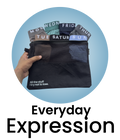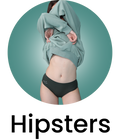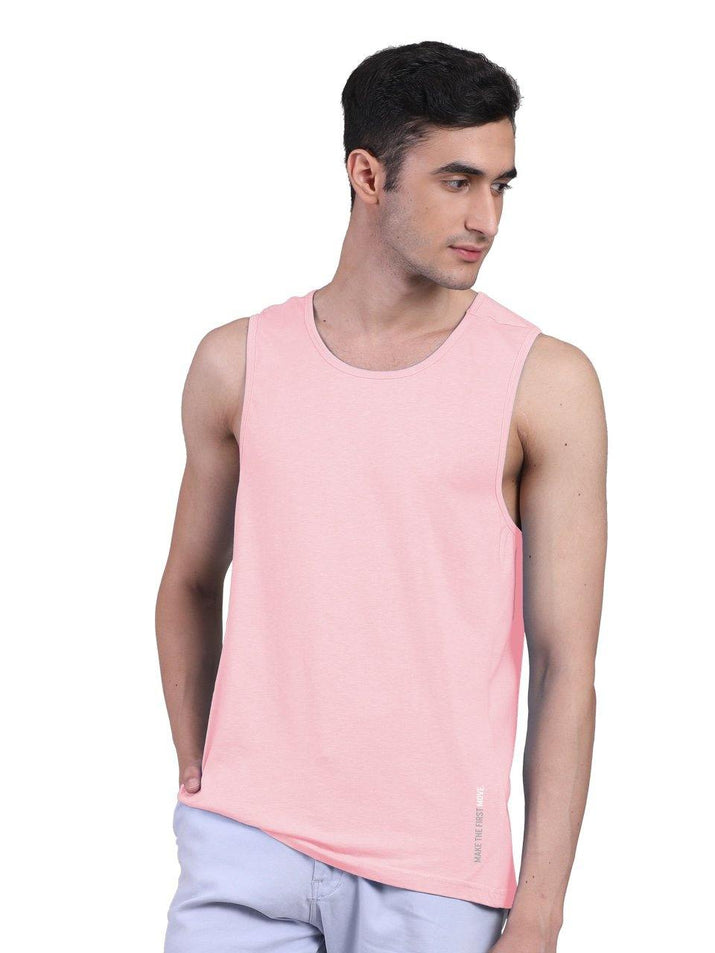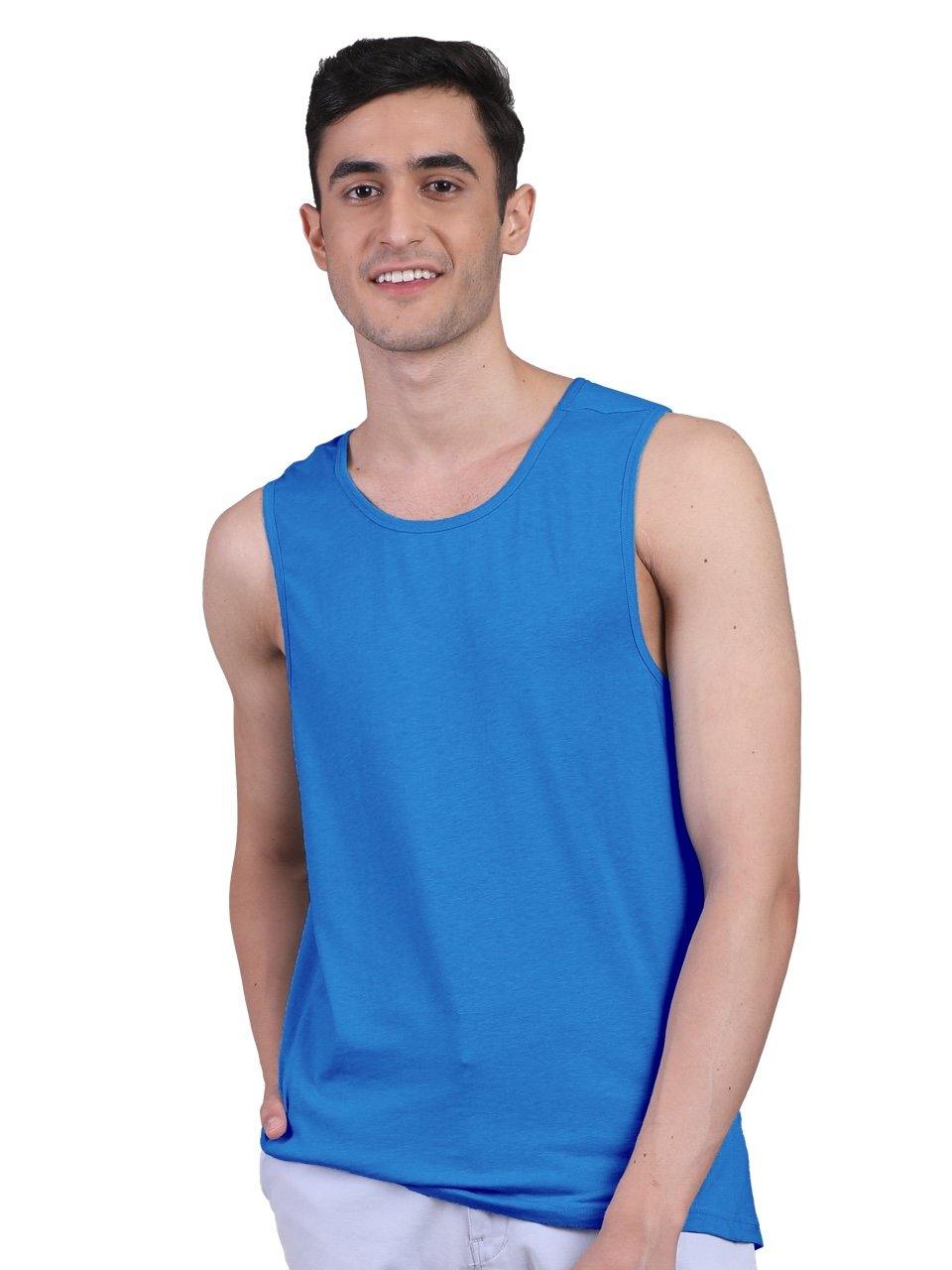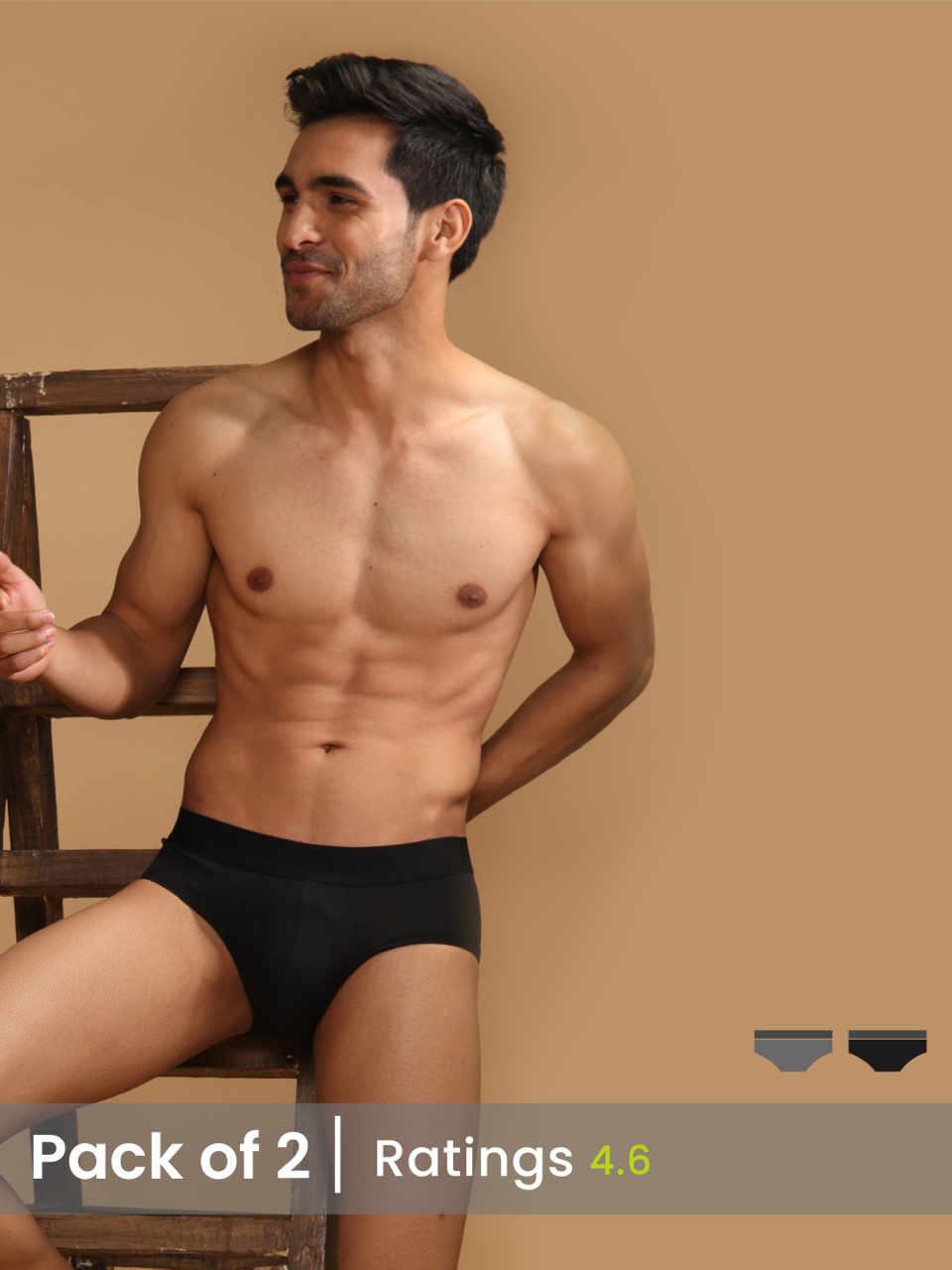The pursuit of peak workout performance is driving innovation in athletic wear. The choice between active vests, designed for moisture-wicking and support. The seemingly simple cotton comfort vest, remains a common dilemma. Key criteria for optimal workout gear include breathability, range of motion. Temperature regulation. Consider the athlete pushing through a high-intensity interval training session versus someone engaged in a long, slow distance run – their needs diverge significantly. This comparison evaluates factors like fabric technology, construction. Intended use, analyzing each vest's strengths and weaknesses in different exercise scenarios. Ultimately, the 'best' vest depends on individual priorities and workout demands; understanding these factors is critical for making an informed decision that maximizes comfort and performance.

Understanding Active Vests: More Than Just Fabric
Active vests are designed with performance in mind. Unlike your everyday cotton tee, they utilize advanced materials and construction techniques to enhance your workout experience. But what exactly defines an "active vest"? It boils down to three key elements:
- Material Science: Active vests typically employ synthetic fabrics like polyester, nylon, or blends incorporating spandex (Lycra). These materials are chosen for their moisture-wicking, quick-drying. Breathable properties.
- Ergonomic Design: The cut and fit are optimized for movement. You'll often find features like flatlock seams to minimize chafing, strategically placed ventilation panels. Compression elements for muscle support.
- Performance-Enhancing Features: Many active vests incorporate technologies like antimicrobial treatments to inhibit odor, UV protection to shield you from the sun. Reflective elements for enhanced visibility during low-light conditions.
The goal is to keep you cool, dry. Comfortable, allowing you to focus on pushing your limits without being distracted by discomfort.
The Comfort of Cotton: A Familiar Friend
Cotton vests, on the other hand, prioritize comfort and affordability. They are often the go-to choice for everyday wear due to their soft feel and breathability. Here's a breakdown of what makes cotton vests appealing:
- Natural Fiber: Cotton is a natural fiber known for its softness and breathability. It's gentle on the skin and allows air to circulate, making it comfortable in mild temperatures.
- Affordability: Cotton is generally less expensive than synthetic fabrics, making cotton vests a budget-friendly option.
- Easy Care: Cotton vests are typically easy to care for, requiring no special washing instructions.
vital to note to note that cotton's comfort comes with drawbacks when it comes to intense physical activity. It absorbs sweat and retains moisture, leading to a heavy, damp feeling that can hinder performance.
Head-to-Head Comparison: Active Vests vs. Cotton Comfort Vests
Let's dive into a detailed comparison across various factors to determine which type of vest is best suited for your workout needs.
| Feature | Active Vest | Cotton Comfort Vest |
|---|---|---|
| Moisture Management | Excellent. Wicks sweat away from the skin and dries quickly. | Poor. Absorbs sweat and retains moisture, becoming heavy and damp. |
| Breathability | Very good. Often features ventilation panels for increased airflow. | Good in mild temperatures. Can become stuffy when wet. |
| Comfort | Good, especially with features like flatlock seams and ergonomic design. | Excellent for everyday wear due to its soft feel. Can be uncomfortable when wet during workouts. |
| Durability | Generally very durable, resistant to shrinking and fading. | Can shrink, stretch. Fade over time with repeated washing. |
| Odor Control | Often features antimicrobial treatments to inhibit odor. | Prone to developing odors due to moisture retention. |
| Price | Generally more expensive than cotton vests. | Generally less expensive than active vests. |
| Best Use | High-intensity workouts, running, sports, outdoor activities. | Light workouts, casual wear, lounging. |
The Science Behind Sweat: Why Moisture-Wicking Matters
To interpret the key difference between active vests and cotton vests, you need to grasp the science of sweat. When you exercise, your body produces sweat to regulate its temperature. This sweat needs to evaporate from your skin to effectively cool you down. Cotton, being a highly absorbent material, traps sweat against your skin, hindering evaporation. This can lead to:
- Discomfort: The feeling of damp clothing clinging to your body is distracting and uncomfortable.
- Chafing: Wet fabric rubbing against your skin can cause irritation and chafing, especially in sensitive areas.
- Reduced Performance: The extra weight of wet clothing can slow you down and make you feel sluggish.
- Risk of Hypothermia: In cold weather, wet clothing can significantly increase your risk of hypothermia.
Active vests, with their moisture-wicking properties, actively draw sweat away from your skin and allow it to evaporate quickly, keeping you dry and comfortable. This is crucial for maintaining optimal performance and preventing discomfort during workouts.
Real-World Applications: Choosing the Right Vest for Your Activity
The best vest for you depends on the type of activity you're planning. Here are some real-world scenarios:
- High-Intensity Interval Training (HIIT): For HIIT workouts, an active vest is essential. The moisture-wicking properties will keep you dry and comfortable as you push through intense bursts of exercise.
- Long-Distance Running: A lightweight, breathable active vest with reflective elements is ideal for long-distance running, especially in varying weather conditions.
- Yoga or Pilates: A cotton comfort vest might be suitable for low-impact activities like yoga or Pilates, where moisture management is less critical. But, if you tend to sweat a lot, even during these activities, an active vest is still a better choice.
- Weightlifting: While not strictly necessary, an active vest can help keep you cool and dry during weightlifting sessions, especially if you're working hard and sweating a lot.
- Casual Wear: For everyday wear, a cotton comfort vest is a comfortable and affordable option. It's perfect for lounging around the house or running errands. Many people also use them as a base layer under other clothing. With the rise of ["Activewear"] as ["Casual Wear"], it's not uncommon to see active vests worn outside the gym as well.
Beyond the Basics: Exploring Advanced Active Vest Technologies
The world of activewear is constantly evolving, with new technologies emerging all the time. Here are some advanced features you might find in high-end active vests:
- Compression Technology: Some active vests incorporate compression technology to provide muscle support, improve blood circulation. Reduce muscle fatigue.
- Seamless Construction: Seamless construction eliminates seams that can cause chafing and irritation, providing a more comfortable fit.
- Phase Change Materials (PCMs): PCMs are materials that absorb and release heat to regulate body temperature. They can help keep you cool in hot weather and warm in cold weather.
- Smart Textiles: Some active vests are equipped with sensors that track your heart rate, breathing rate. Other physiological data. This data can be used to optimize your training and improve your performance.
These advanced technologies can significantly enhance your workout experience. They also come at a higher price point.
Making the Right Choice: Factors to Consider
Ultimately, the best vest for you depends on your individual needs and preferences. Consider the following factors when making your decision:
- Activity Level: How intense are your workouts? If you're a serious athlete, an active vest is a must. If you're just doing light workouts, a cotton comfort vest might suffice.
- Sweat Rate: How much do you sweat? If you tend to sweat a lot, an active vest with excellent moisture-wicking properties is essential.
- Climate: What's the weather like where you live? In hot and humid climates, a breathable active vest is crucial. In cold weather, a vest with insulation can help keep you warm.
- Budget: How much are you willing to spend? Active vests are generally more expensive than cotton vests. The performance benefits may be worth the investment.
- Personal Preference: Do you prefer the feel of cotton or synthetic fabrics? Some people find cotton more comfortable, while others prefer the performance benefits of synthetics.
By carefully considering these factors, you can choose the vest that will best support your fitness goals and keep you comfortable during your workouts.
Conclusion
Choosing between an active vest and a cotton comfort vest truly depends on your workout intensity and personal preference. Remember, active vests shine during high-intensity activities, wicking away sweat and keeping you cool. Cotton vests, on the other hand, offer familiar comfort for lighter workouts or everyday wear. As someone who's experienced the discomfort of a sweat-soaked cotton vest mid-run, I highly recommend investing in a quality active vest if you're pushing your limits. Think of it this way: cotton is your cozy companion for a relaxing yoga session. For that intense HIIT class, an active vest is your performance partner. Before your next workout, consider the intensity level and the weather conditions. Are you likely to sweat profusely? Opt for the active vest. Prioritizing comfort and breathability? The cotton vest might be the perfect choice. Ultimately, the "better" vest is the one that empowers you to achieve your fitness goals while feeling comfortable and confident.
More Articles
Half Sleeves T Shirt For Men – Breathable Fabric & Casual Style
Cotton Trunks For Men Pack Of 3 – Everyday Comfort & Breathable Fabric
Seamless Boxers For Women Soft – Ultimate Comfort & No Visible Lines
Men's Branded Trunks For Men India – Premium Quality & All-Day Support
FAQs
Okay, so Active Vests vs. Cotton Comfort Vests for workouts... What's the real difference?
Great question! The core difference boils down to materials and their properties. Active vests are usually made from synthetic fabrics like polyester, nylon, or blends designed to wick away sweat and dry quickly. Cotton vests, on the other hand, are all about that natural, soft feel. They tend to absorb moisture and stay damp.
Will I regret wearing a cotton vest during a super intense workout?
Potentially, yes. Think about it: as you sweat, that cotton will soak it all up like a sponge. It'll get heavy, clingy. Could leave you feeling cold and uncomfortable, especially if you're exercising outdoors or in a cool environment. Plus, the dampness can cause chafing.
What are the benefits of an active vest, then?
Active vests are built for performance! They're lightweight, breathable. Designed to manage moisture effectively. This helps keep you cool, dry. Comfortable during intense workouts. Plus, many have features like anti-odor technology and strategically placed ventilation.
So, is cotton always a bad idea for workout vests?
Not necessarily! For very light activity, like a gentle walk or yoga session, a cotton vest can be perfectly comfortable. The key is the intensity of the workout and how much you expect to sweat. If you're just lounging around post-workout, a cotton vest can also be cozy.
Are active vests more expensive than cotton ones?
Generally speaking, yes, active vests tend to be pricier. This is because of the specialized fabrics and technologies used in their construction. But, the investment can be worth it if you're serious about your workouts and want to maximize comfort and performance.
What if I'm allergic to synthetic fabrics? Am I doomed?
Not at all! Look for active vests made from natural fibers like merino wool or bamboo. These materials offer similar moisture-wicking properties to synthetics but are often gentler on sensitive skin. Just be aware they might require a bit more specific care when washing.
Okay, last question: How do I choose the right active vest?
Consider the type of workouts you do most often. If you're a runner, look for a lightweight vest with reflective details. If you're into HIIT, prioritize breathability and moisture-wicking. Also, pay attention to the fit – it should be snug but not restrictive. And don't be afraid to try on a few different styles to see what feels best!

